UMEÅ UNIVERSITY
UMEÅ SCHOOL OF ARCHITECTURE
UMEÅ SCHOOL OF ARCHITECTURE
STUDIO 12
THE SCIENCE AND CRAFT OF BUILDING:
TECTONIC PERFORMANCE
THE SCIENCE AND CRAFT OF BUILDING:
TECTONIC PERFORMANCE
Nicole Parsi
Man-made Geographies (2022-2023)
Regenerative Eco.Infrastructures & New Cultural Grounds (2021-2022)
Tectonic Performance (2020-2021)
Performative Landscapes (2019-2020)
Tectonic Landscapes (2018-2019)
Social Landscapes (2017-2018)
Regenerative Eco.Infrastructures & New Cultural Grounds (2021-2022)
Tectonic Performance (2020-2021)
Performative Landscapes (2019-2020)
Tectonic Landscapes (2018-2019)
Social Landscapes (2017-2018)
Studio12: Tectonic Performance 2020-2021
MA Programme, Umeå School of Architecture, Umeå University.
Studio Responsible: Alejandro Haiek
Tutors: Carl-Johan Vesterlund, Xenia Adjoubei, Ana Betancour
Guest tutors: Alejandra Diaz (Laboratorio DAFD), Rocío Pina (Enorme Studio)
Invited guests: Matthew Butcher (UCL), Carla Juacaba (Atelier Juacaba)
Technical assistance: Håkan Hansson, Kent Brodin, Sven- Erik Hilberer
UMA4: Karina Gataullina, Hana Osman, Malin Gyll, Sara Rundblad, Marianne Dellwik, Pieter-Jan Monserez, Linnea Rudholm, Kenneth Eriksson, Arvid Matton, Emmy Andersson, Ida Grönqvist, Victoria Wadstein, Carl Blix, Stien Kestens, Viktor Lindström, Charlie Wilson Källbom, Carolina Sandström, Kasimir Suter Winter, Jonas Bäckström, Jyrki Huuskonen, Felix Westergren, Cesar Velando Garcia
UMA5: Olof Run Arnadottir, Maximiliam Hellerup, Therese Nygard, Samuel Grönlund, Linda Brokmar, Martin Smedsén, Elin Borlid, Matilda Thorup, Jonathan Gunnarsson, Pétur Stefánsson, Anna Lindström, Petter Henfridsson, Rebecca Rudolph, Frida Bergner, Julia Herbert, Fredrik Ahlqvist, Nicole Parsi
Tutors: Carl-Johan Vesterlund, Xenia Adjoubei, Ana Betancour
Guest tutors: Alejandra Diaz (Laboratorio DAFD), Rocío Pina (Enorme Studio)
Invited guests: Matthew Butcher (UCL), Carla Juacaba (Atelier Juacaba)
Technical assistance: Håkan Hansson, Kent Brodin, Sven- Erik Hilberer
UMA4: Karina Gataullina, Hana Osman, Malin Gyll, Sara Rundblad, Marianne Dellwik, Pieter-Jan Monserez, Linnea Rudholm, Kenneth Eriksson, Arvid Matton, Emmy Andersson, Ida Grönqvist, Victoria Wadstein, Carl Blix, Stien Kestens, Viktor Lindström, Charlie Wilson Källbom, Carolina Sandström, Kasimir Suter Winter, Jonas Bäckström, Jyrki Huuskonen, Felix Westergren, Cesar Velando Garcia
UMA5: Olof Run Arnadottir, Maximiliam Hellerup, Therese Nygard, Samuel Grönlund, Linda Brokmar, Martin Smedsén, Elin Borlid, Matilda Thorup, Jonathan Gunnarsson, Pétur Stefánsson, Anna Lindström, Petter Henfridsson, Rebecca Rudolph, Frida Bergner, Julia Herbert, Fredrik Ahlqvist, Nicole Parsi
Tectonic Performance: the Science and Craft of Building pushes
the performance of architecture to hard-working social landscapes, ecological infrastructures, platforms for new labour economies and material innovation, which through crafting and scientific methods can invent new hybrid conditions and experiences in the built environment.
Planetary // Molecular. The studio starts by analysing pattern geographies: territories, ecologies, industries and regional inhabitation, continuing to draw and model how they affect architecture and spatial design from the molecular to the planetary scale.
Analogue // Digital. The Studio operates as a research platform combining
digital design, open source technologies with traditional building techniques, local environmental and material knowledge to show anticipated futures based on historical antecedents.
Supportive Infrastructures // Pattern Logics. Students generate architectural and territorial design proposals which explore the geometries implicit in patterns on many scales, from material exploration, constructive components, fabrication logistics to supportive infrastructures and regional visions.
Studio 12 seeks the performance of buildings by investigating material behaviors, building science and environmental impacts. Through a continuous dialogue between artistic production and technical expertise, the studio develops a holistic comprehension of the science and craft of building. The studio agenda developed new architectural languages, formwork production and
alternative constructions methods exploring tectonic expressions with particular attention on understanding how buildings perform.

Karina Gautalina

Olof Arnadottir

Sara Rundblad

Rebecca Rudolph
Studio Agenda
Geopolitical, social, and environmental concerns was the context of our exploration during the year, where we tested infrastructures for engagement able to host life of humans and non-human species. The studio operated as a support for advocacy projects focusing on social and environmental reengineering. The studio started by analysing pattern geographies: territories, ecologies, industries and regional inhabitation, addressing how they can be affected by architecture and spatial design from the molecular to the planetary scale. Students generated architectural and territorial design proposals, developing supportive infrastructures and regional visions. Studio 12 stands on a strong technical agenda. The project in the Fall term concentrated on temporal devices of engagement, exploring flexible components, fast assembly logics and the underlying mechanics of materiality. In the Spring term these explorations developed into complex living systems, leading to new socio-ecological models of inhabitation. The complementary agendas provided a wider understanding of available human and environmental resources and technological possibilities.
Geopolitical, social, and environmental concerns was the context of our exploration during the year, where we tested infrastructures for engagement able to host life of humans and non-human species. The studio operated as a support for advocacy projects focusing on social and environmental reengineering. The studio started by analysing pattern geographies: territories, ecologies, industries and regional inhabitation, addressing how they can be affected by architecture and spatial design from the molecular to the planetary scale. Students generated architectural and territorial design proposals, developing supportive infrastructures and regional visions. Studio 12 stands on a strong technical agenda. The project in the Fall term concentrated on temporal devices of engagement, exploring flexible components, fast assembly logics and the underlying mechanics of materiality. In the Spring term these explorations developed into complex living systems, leading to new socio-ecological models of inhabitation. The complementary agendas provided a wider understanding of available human and environmental resources and technological possibilities.
Studio Methodology
The studio implemented a methodology of learning by making, thereby integrating new knowledge into a practicable design proposal. The studio developed preparatory technical and professional research and studies through experimentation and testing. The Studio operated as a research platform combining digital and analogical design methods, using open-source technologies and traditional building techniques.
The studio unfolded a comprehensive number of physical models, mock-ups, and prototypes, building a library of experiments able to lead the research progressively to a fully resolved design.
Through a continuous dialogue between artistic production and technical expertise the projects expanded in a holistic comprehension of the science and craft of building.

Kasimir Suter Winter

Sara Rundblad

Petur Stefansson
In Studio 12, the whole life of a building is discussed. The students investigate how buildings age, pass away and degrade, proposing methods for dismantling and transforming its components for new uses. The fascination for structures of fast assemblage is as potent as for infrastructures of legacy.
The building systems produced in Studio 12 compile an atlas of tools and handcraftsmanship, creating a valuable collective document of cultural heritage preservation, environmental impact and socially sustainable principles.
Studio 12 | Tectonic Performance is not a parametric Studio. The Studio democratize design tools by demystifying digital fabrication and parametricism. It provide a field for innovation to review the physical and operational limits of Architecture: manually produced or technologically assisted.
Operating in-between, traditions and science merge to preserve artisanal technics and an ethical perspective of the Industry. The studio recognize technological implementations as parameters of a complex understanding of the built.
The exercises have been producing alternative methods that cross fluidly between the physical and digital world providing a wide range of variables and technological approaches.
The studio opens up an honest discussion about the time of building: from fast assembling fascination to infrastructures of legacy. The research projects get deep into how buildings age, dismantle or disappear, mindfully reflecting about cultural heritage preservation and environmental impact.
back to intro
tutors
- Alejandro Haiekfounder & studio leader
- Carl-Johan Vesterlundstudio tutor
- Xenia Adjoubeistudio tutor
- Rocío Pinainvited guest
- Alejandra Diazco-tutor
- Ana Betancourco-tutor
contact
- Alejandro Haiek CollMSc Architect // PhD. Candidate at Universitá di Genova.
Affiliate researcher at RISE - Research institute of Sweden.
Lecturer at Umeå School of Architecture, Umeå University
SE-90187 Umeå, Sweden
+46 73 380 39 26
alejandro.haiek@umu.se
www.labprofab.org
